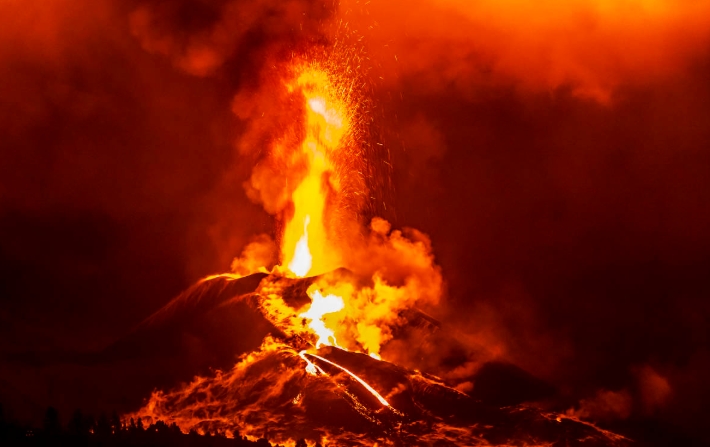Volcanoes are one of the most fascinating wonders of the natural world. But what exactly are they, and how do they form? Let’s delve into the science behind volcanoes to uncover the answers.
What is a volcano?
A volcano is a landform created by the ejection of hot molten rock, ash, and gases from the Earth’s interior. It is typically cone-shaped, with a vent or opening at the top through which volcanic materials are expelled. Volcanoes can be found both on land and underwater, and they are often associated with tectonic plate boundaries.
How do volcanoes form?
Volcanoes are formed by the movement of tectonic plates beneath the Earth’s surface. When two plates collide or move apart, magma from the mantle is forced upwards towards the surface. This magma collects in a magma chamber beneath the Earth’s crust, building up pressure until it eventually erupts through a vent, forming a volcano.
Types of volcanoes
There are several different types of volcanoes, each with unique characteristics. Some of the most common types include shield volcanoes, stratovolcanoes, and cinder cone volcanoes. Shield volcanoes are broad, gently sloping mountains formed by the flow of low-viscosity lava, while stratovolcanoes are steep-sided cones composed of alternating layers of lava and ash. Cinder cone volcanoes, on the other hand, are small, steep-sided mounds created by the eruption of pyroclastic material.
Eruptions and hazards
Volcanic eruptions can vary in intensity, from mild lava flows to explosive pyroclastic eruptions. These eruptions can pose significant hazards to surrounding areas, including ash fall, lahars (mudflows), and volcanic gases. Monitoring and studying volcanoes is crucial for predicting and mitigating these hazards to protect nearby communities.
In conclusion, volcanoes are awe-inspiring natural phenomena that provide valuable insights into the Earth’s dynamic processes. By understanding the science behind volcanoes, we can appreciate their power and importance in shaping our planet’s geology.

